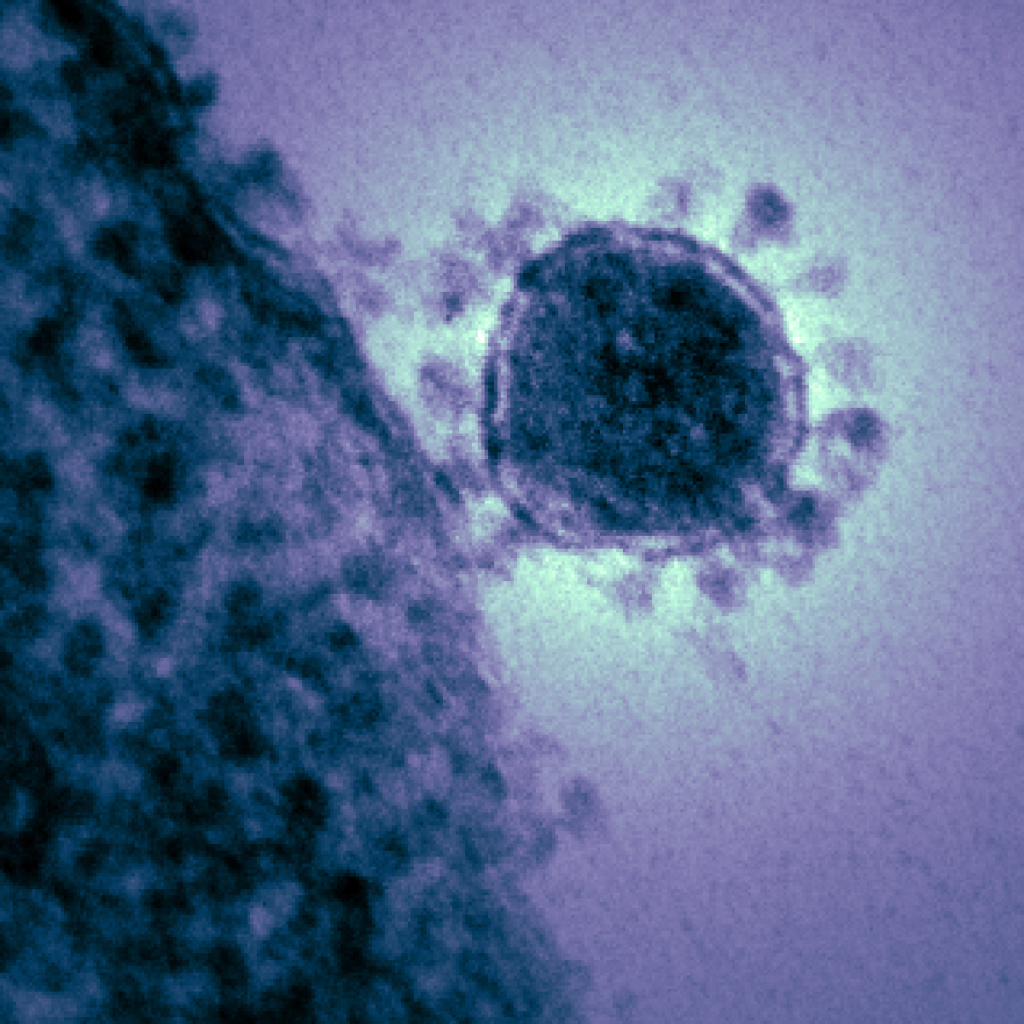Monkeypox has been making the news lately, and it has a lot of people wondering what it is, how it spreads and if they should be concerned. Understandably, we are all a little jumpy when we start hearing about a new viral outbreak, but monkeypox isn’t new. While the virus gained its unfortunate name from its discovery in monkeys in 1958 (1), it exists in a wide range of mammals including rodents, anteaters, hedgehogs, prairie dogs, squirrels and shrews (2) and can spread to humans through close contact with an infected animal.

A member of the Poxviridae family, monkeypox is closely related to the variola virus that causes smallpox; however, monkeypox causes milder symptoms and is rarely fatal (3). The genetic variant of the virus that is causing the recent outbreaks has a fatality rate of <4% (4). In contrast, smallpox fatality rate was close to 30% (4). Symptoms can include fever, headache, muscle and back pain, swollen lymph nodes, chills and exhaustion (2). The most distinguishing symptom is the blister-like rash.
Continue reading “Monkeypox—Another Zoonotic Virus Making Headlines”


